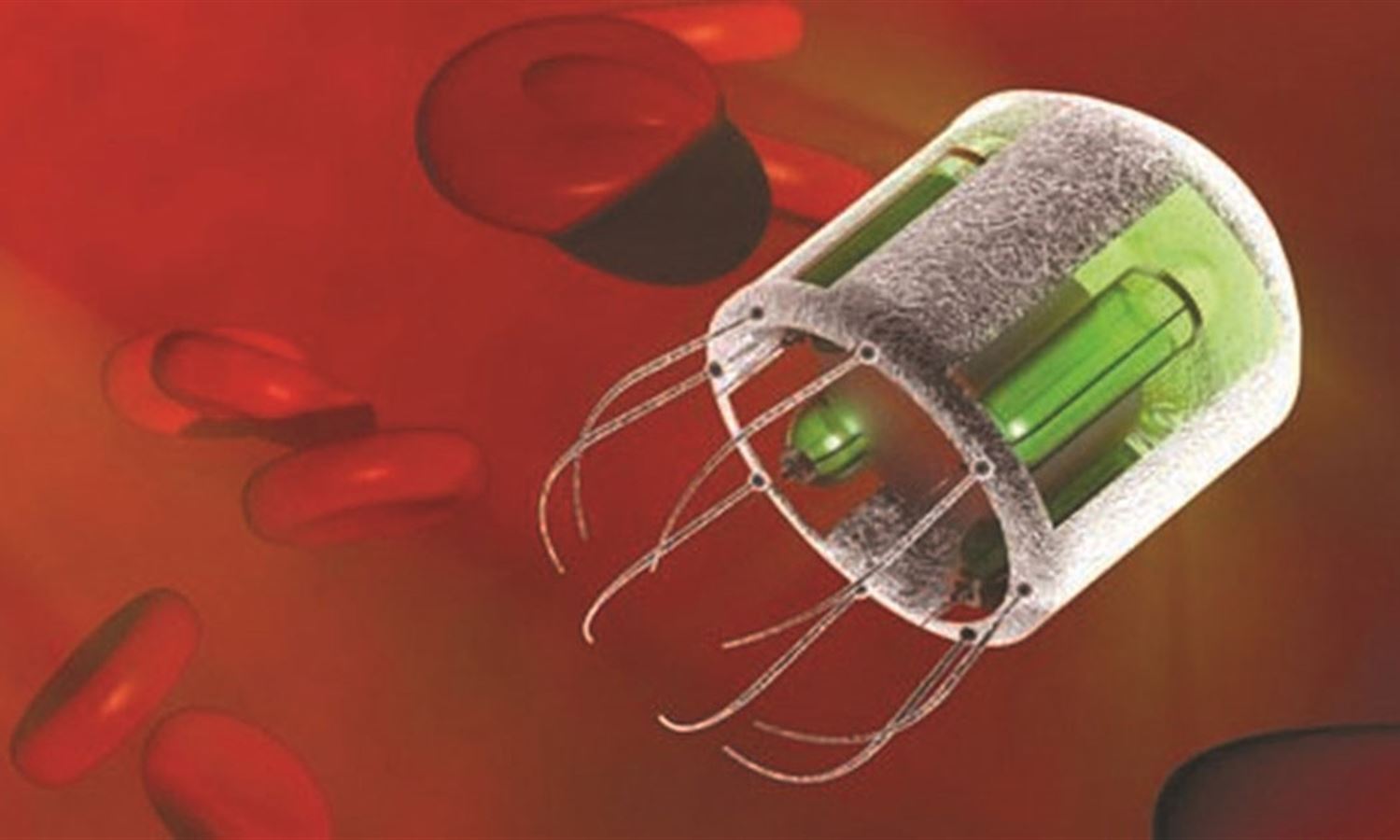Imagine concrete bridges that can handle the cracks and fractures that occur by themselves without human intervention, or micro-devices that are injected into the body to treat disease. Two examples of applications for a class of smart materials that change and adapt to their environment. They are materials inspired by living things. And these substances have the potential to change the way we live, according to a new report.
But their use may require the existence of legislation regulating this to avoid the side effects that may result from that, according to a document issued by the Royal Society in the United Kingdom. Some "living" materials already exist and are in use, such as paint and self-curing cement or repair capable of repairing itself, but more applications are on the way. "This is a really decisive century for us," said Professor Mark Miodonik, one of the co-authors of the report.
"If the bridges are damaged in the future, she will realize it on her own, and then she will be able to do something about it."
There are two main methods of producing self-healing concrete. The first uses capsules implanted in concrete that block cracks when they arise. The capsules release a bitumen extract that hardens upon exposure to air and water and fills gaps and crevices. The second method is also based on capsules, but they are filled with bacteria. When the concrete is cracked, the capsules release the bacteria that produce the mineral calcite to treat the damage. The technology has already been tested on UK roads.
Other applications exist for self-healing materials such as cell phone screens that can repair themselves when cracked, and electronic devices that repair and restore damaged electronic circuits. "The question from my point of view is not if this is possible, but when it will take effect. As for whether this report is premature, I never think it is," said Professor Miodonik.
Medicine is another large area in which living materials are expected to be widely used.
Long-term microscopes can be injected into the bloodstream to perform minor surgeries, treat damage, or perform visualization and data gathering. These tiny robots can be propelled by small motors that are powered by chemical reactions. They can deliver drugs to specific points in the body, such as tumors. Clothing may also be an area in which this technology can be applied. Professor Miodonik said, "There are some interesting applications in this area that can change the look of your clothes or change the colors according to your mood." He added, "With wearable technology, you can have sensors in clothes.
Source: BBC
